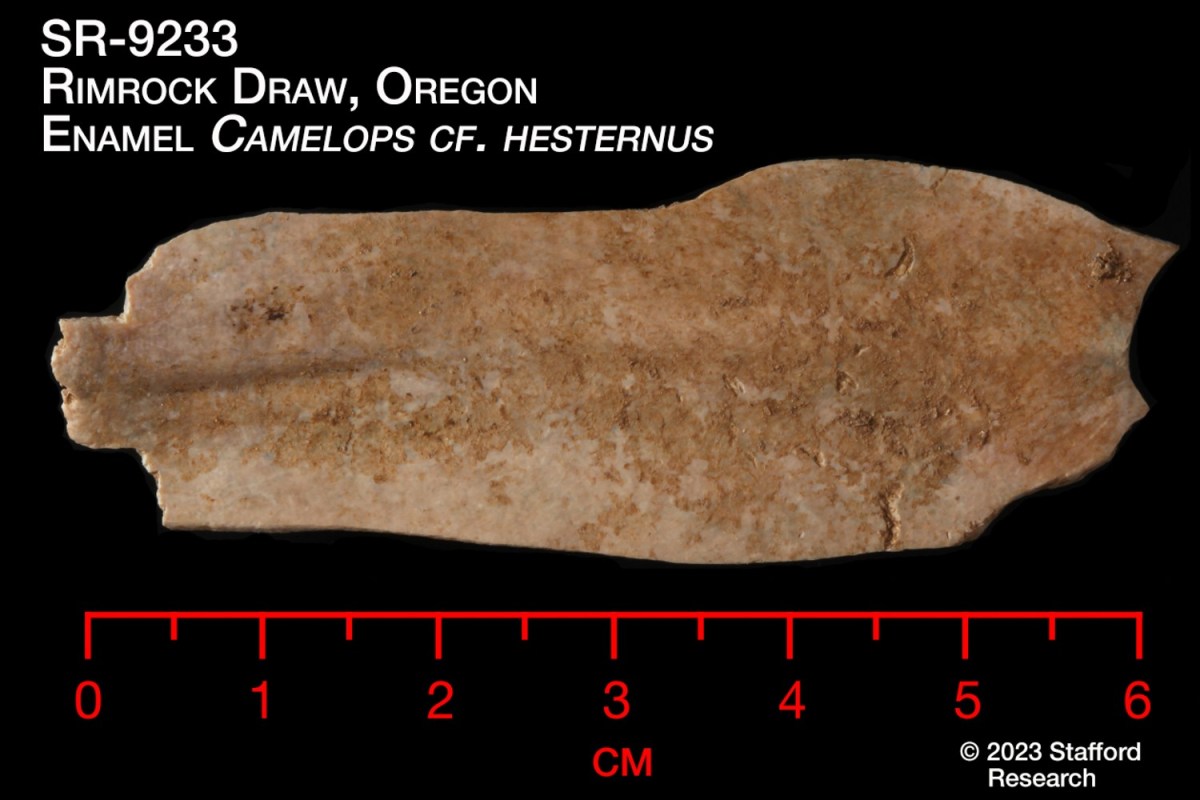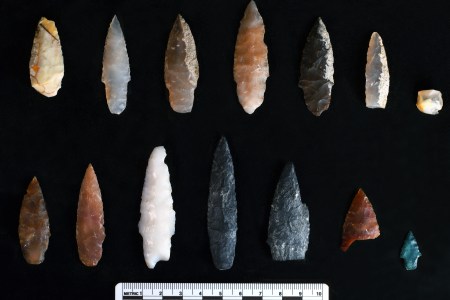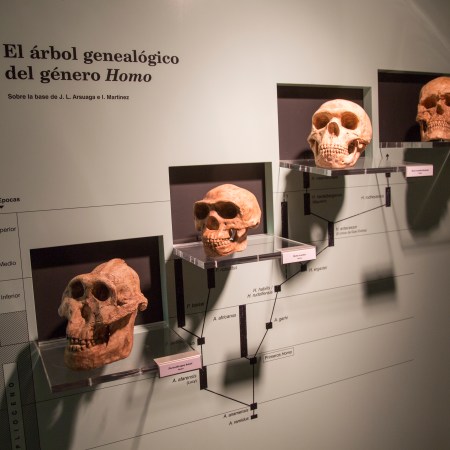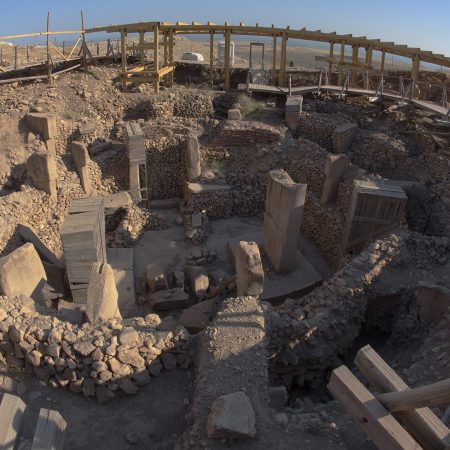Travel to eastern Oregon and make your way to the middle of the state. There, in the town of Riley, you’ll find a place with the tongue-twister-ready name of Rimrock Draw Rockshelter. Besides its instantly-memorable name, this location also holds a significant place in archaeological history. It’s there that a group of archaeologists has found evidence of human habitation that’s expanded our knowledge of when humans first settled in Oregon.
These conclusions came about as a result of a long-running project operating out of the University of Oregon’s Museum of Natural and Cultural History Archaeological Field School, in conjunction with the Bureau of Land Management.
At the site, a team led by Patrick O’Grady has discovered both fragments of stone tools and tooth enamel from a number of species that once lived in the region, including camels and bison. (Yes, a now-extinct species of camel once roamed over large stretches of North America.) Through a process of analyzing volcanic ash and radiocarbon dating, the teeth were dated to 18,250 years ago.
“The identification of 15,000-years-old volcanic ash was a shock, then [radiocarbon dater] Tom’s 18,000-years old dates on the enamel, with stone tools and flakes below were even more startling,” O’Grady said in a statement.
Archaeologists Discover Ancient Weapons in Idaho
The find redefines the history of North AmericaAs Kristina Killgrove pointed out at Live Science, this find is part of a growing body of evidence that suggests humans were in the Americas much earlier than scientists previously believed. This modest location in Oregon has bolstered what we now know about the continent’s earliest human inhabitants — and what their lives were like.
Thanks for reading InsideHook. Sign up for our daily newsletter and be in the know.


















